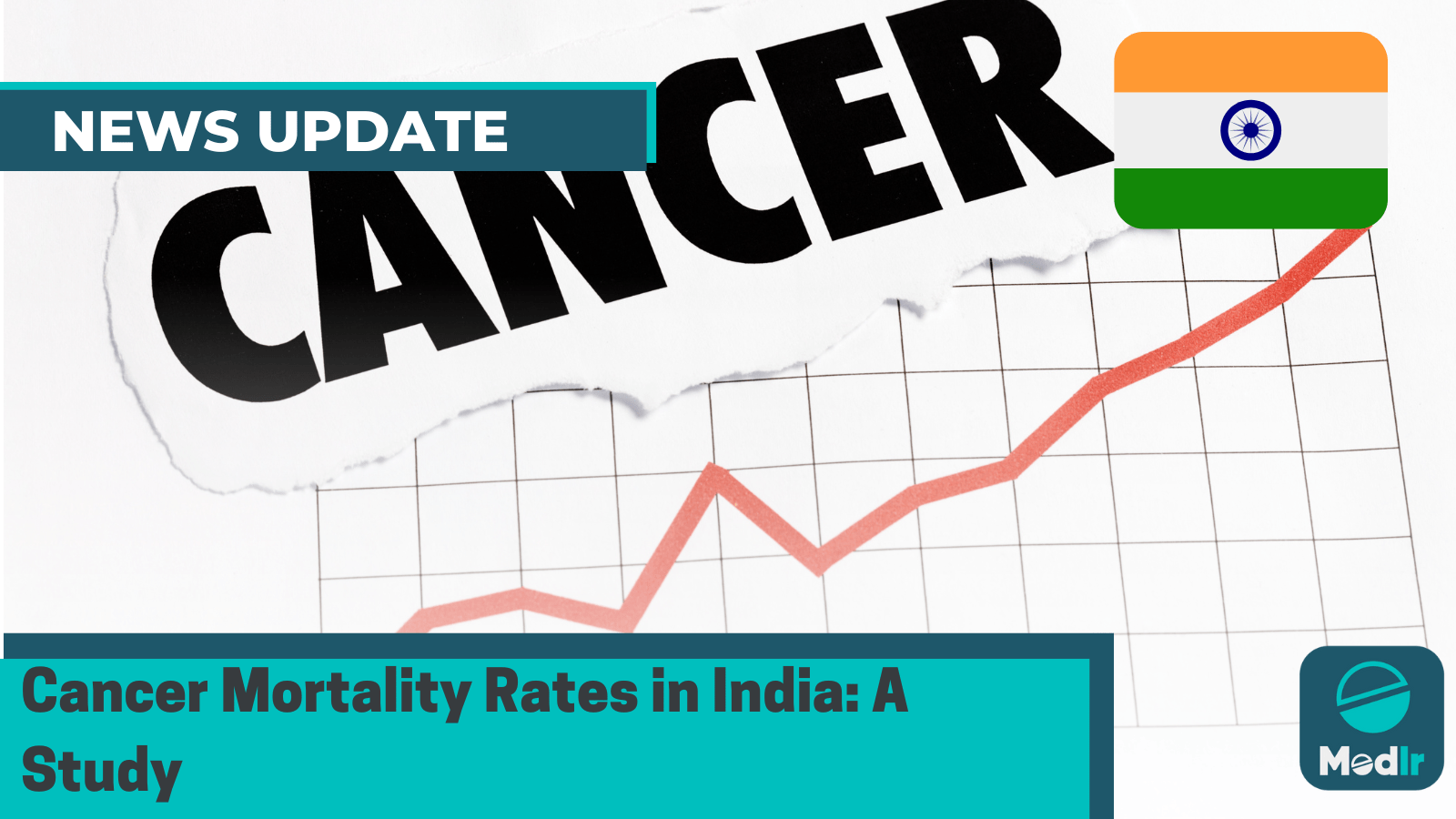Cancer Mortality Rates in India: A Study
Written by Arushi Sharma
A study on cancer mortality trends in India from 2000 to 2019 reveals a slight increase in combined sexes but varying trends among different cancers.

A study analyzing mortality trends for 23 major cancers in the Indian population between 2000 and 2019 found a slight increase of 0.02 percent in combined sexes. Men had a 0.19 percent annual decrease in cancer mortality rates, while women experienced a 0.25 percent increase.
The study found rising mortality trends in various cancers, with pancreatic cancer showing the highest annual increase (2.7% among men and 3.7% among women). However, stomach, esophagus, leukemia, larynx, and melanoma cancers showed declines, regardless of sex.
Shaji, Head of Cancer Registry at Amrita Hospital, Kochi, said:
“Cancer mortality trends have not been documented across the population of India. We, therefore, analyzed the overall and individual cancer mortality trends for 23 major cancers between 2000 and 2019 on basis of Global Health Observatory (GHO) database. This estimation-based study might be a substitute for constructing precise and efficient health care infrastructure to acquire better cancer control programs in India in the absence of a national cancer registry or countrywide cancer mortality data.”
Dr Pavithran K, Head of Dept. Medical Oncology, Amrita Hospital, Kochi, said:
‘The study highlights the need for a multi-pronged approach to address the rising cancer mortality rates in India, including awareness on cancer symptoms, cancer prevention policies, improved health infrastructure, and specifically dedicated human resources. A multi-faceted strategy is required to tackle India’s rising cancer mortality rates. Lack of knowledge about cancer symptoms delays treatment for preventable cancers. We need better infrastructure, dedicated human resources, and expanded cancer screening programs. The best long-term strategy could be implementing awareness of cancer symptoms among the population and cancer prevention policies with improved health infrastructure and specifically dedicated resources.”
In 2020, cancer was the second most lethal noncommunicable disease globally, causing 9.9 million deaths. India experienced 12.85 million deaths from 23 major cancers between 2000 and 2019, with the most common fatalities being mouth, oropharyngeal, stomach, lung, breast, and In 2020, cancer was the second most lethal noncommunicable disease globally, causing 9.9 million deaths.
India experienced 12.85 million deaths from 23 major cancers between 2000 and 2019, with the most common fatalities being mouth, oropharyngeal, stomach, lung, breast, and colorectal cancers. The country's ASMR was 63.1 per 100,000, with men at 65.4 and women at 61.0.